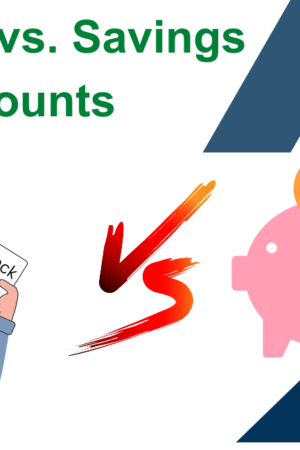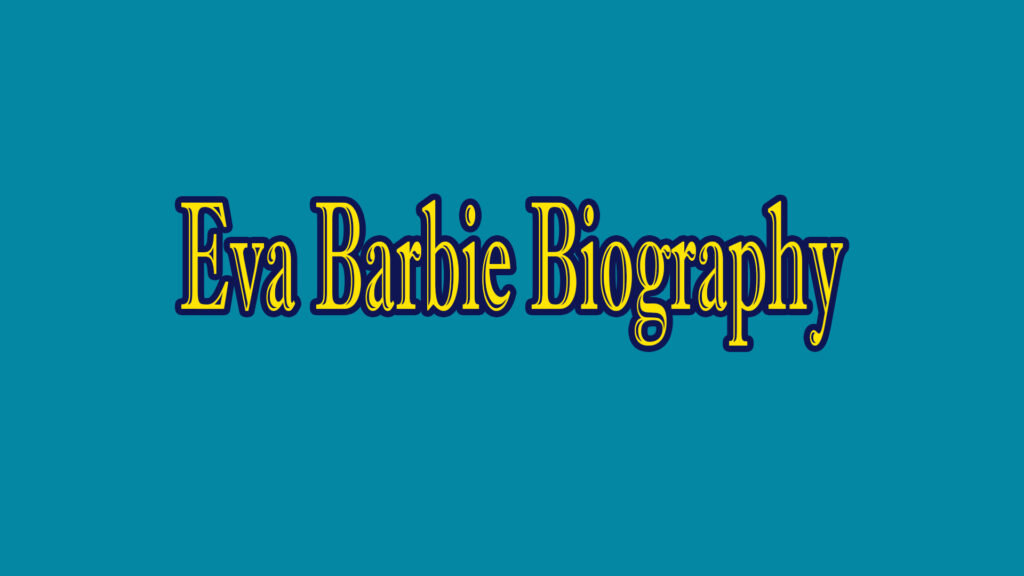Deciding whether to put your money in a checking or savings account can be tricky. On one hand, you want to have easy access to your cash in case of an emergency. On the other hand, you want to make sure your money is growing. Here, we will explore the key differences between checking and savings accounts.
We’ll also provide some tips on how to make the most out of each type of account. By the end of this post, you should have a better understanding of which account is right for you and your financial goals.
What is the difference between a checking and a savings account?
When it comes to your finances, you have options for where to keep your money. Two common types of accounts are checking and savings accounts. Both have benefits, but there are key differences between the two.
A checking account is a transactions account that allows you to deposit and withdraw money as needed. This type of account is typically used for everyday expenses like groceries, gas, and bills. Many checking accounts also offer features like online banking and mobile deposit.
A savings account is a place to save your money for future goals. This could be anything from a rainy day fund to retirement. Savings accounts typically earn interest on your deposited funds, meaning your money can grow over time. Many banks also offer different tiers of savings accounts with higher interest rates for larger balances.
So, what’s the difference? A checking account is more liquid, meaning you can access your funds more easily. A savings account is meant for long-term saving and typically has fewer withdrawal options. When it comes to choosing between a checking and savings account (or both!), it’s all about what works best for you and your financial goals.
How to open a checking or savings account
Assuming you don’t already have a checking or savings account with a bank or credit union, you’ll need to provide some personal information and documents to open an account.
To open a checking account, you’ll likely need to provide your name, address, date of birth, Social Security number, and driver’s license number. You may also be asked to provide two forms of identification, such as a passport or birth certificate if you’re opening an account online. Some banks may require that you deposit a minimum amount of money to open the account.
To open a savings account, you’ll need to provide similar information as a checking account. However, some banks may require that you deposit a larger sum of money to open a savings account than they would for a checking account. Additionally, some banks offer promotional rates for new savings accounts that can last for several months or even years.
Pros and cons of having a checking or savings account
There are many pros and cons of having either a checking or savings account. The type of account you choose should be based on your financial needs and goals.
Here are some things to consider when deciding which type of account is right for you:
Checking Accounts:
-Allows you to easily access your money
-Can be used to pay bills and make purchases
– typically offer lower interest rates than savings accounts
-May have monthly fees unless you maintain a certain balance
Savings Accounts:
-Earn interest on your deposited money
-May have higher interest rates than checking accounts
-Can help you save for long-term goals
– typically require a minimum balance in order to avoid monthly fees.
Types of checking and savings accounts
There are many different types of checking and savings accounts available to consumers today. Each type of account has its own set of benefits and drawbacks, so it’s important to choose the right account for your needs.
The most common type of checking account is the traditional checking account. Traditional checking accounts offer a variety of features, including check writing, direct deposit, and online banking. However, traditional checking accounts also typically have monthly fees and require a minimum balance.
Another popular type of checking account is the interest-bearing checking account. Interest-bearing checking accounts earn interest on the money you have deposited into the account. These accounts typically have higher interest rates than traditional checking accounts, but they may also have higher monthly fees.
Savings accounts come in two main varieties: traditional savings accounts and high-yield savings accounts. Traditional savings accounts offer a safe place to save your money, but they typically have low-interest rates. High-yield savings accounts offer higher interest rates, but they may require you to keep a larger balance in the account.
What to do if you have trouble with your checking or savings account
If you have trouble with your checking or savings account, the first thing you should do is contact your bank or credit union. They may be able to help you resolve the issue.
If you’re having trouble with your account, there are a few things you can do:
• Contact your bank or credit union. They may be able to help you resolve the issue.
• Check your account agreement. This document should outline what fees may be charged and how to avoid them.
• Review your account statements. This will help you identify any unauthorized transactions.
• Keep track of your balance. This will help you avoid overdraft fees.




